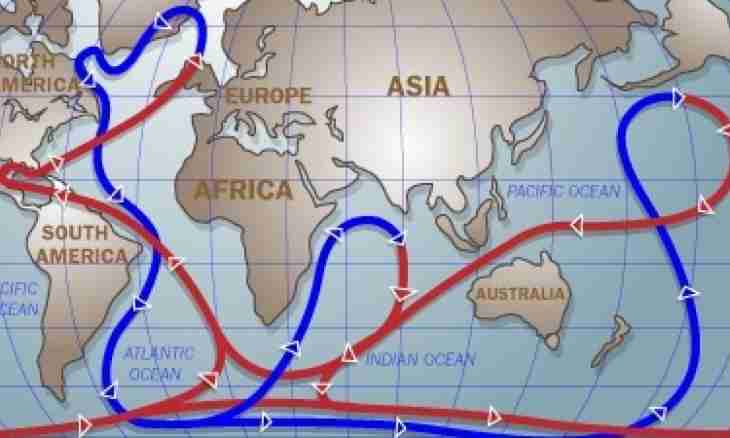If to pass electric current through the conductor, around it there will be a magnetic field. Having arranged a row the second conductor with current, it is possible to force magnetic field of the first conductor to affect the second and vice versa mechanically.
Instruction
1. The nature of interaction of two parallel conductors with current depends on the direction of current in each of them. At the identical direction of currents the conductors make a start, at opposite - are attracted. Force with which conductors work at each other, is defined by Ampere's law and depends on the following parameters: lengths of conductors of l, distances between them of R, currents of I1 and I2 in them.
2. Besides variables, the constant - the magnetic constant designated μ0 also participates in a formula for calculation of force of interaction of conductors with current. It is equal 1.26*10-6 and is dimensionless size. Increase currents in conductors at each other, and then by a magnetic constant and at length of conductors. Divide result into the work of distance between conductors on 2π. If currents are taken in amperes, and length and distance - in meters, force will turn out in newtons: F= (μ0I1I2l) (2πR) [N]
3. Substitute in this formula currents, lengths and distances, achievable in actual practice (for example, several ampere and several millimeters), and you make sure that even at considerable currents force of interaction of single conductors is small. In practice for obtaining significant forces of interaction at small currents increase the number in parallel of the located conductors in which current goes in one direction. The coil with current is a set of such conductors connected consistently. Two coils at the same currents interact much stronger, than two single conductors, force is multiplied by quantity of rounds.
4. Additional increase in force of interaction can achieve, having supplied coils with ferromagnetic cores. They are characterized by the parameter called magnetic permeability. It is dimensionless size too. It should be noted that both receptions do not break the law of energy conservation. Force - not power. In a static state force does not perform work, and all power consumed by an electromagnet completely dissipates in the form of heat. For this reason the electromagnet consuming several watt is capable to prevent opening of a door by effort to 20 thousand newtons. In a dynamic state when current through an electromagnet changes force or even the direction, the mechanical power at the exit is always less electric on an entrance, and the difference between them also leaves on heating.

